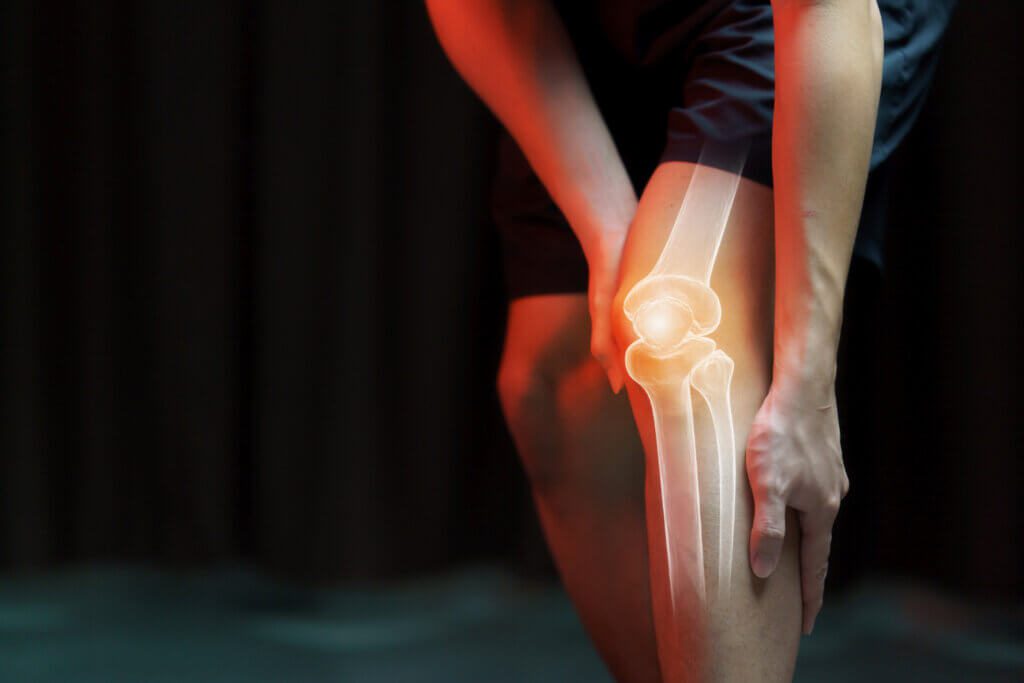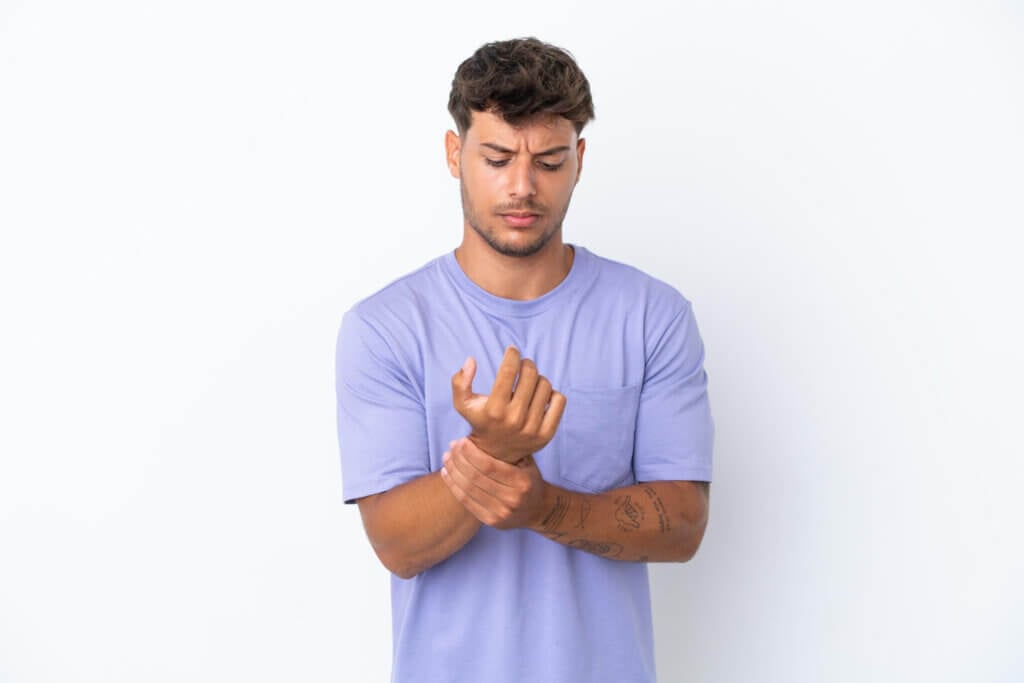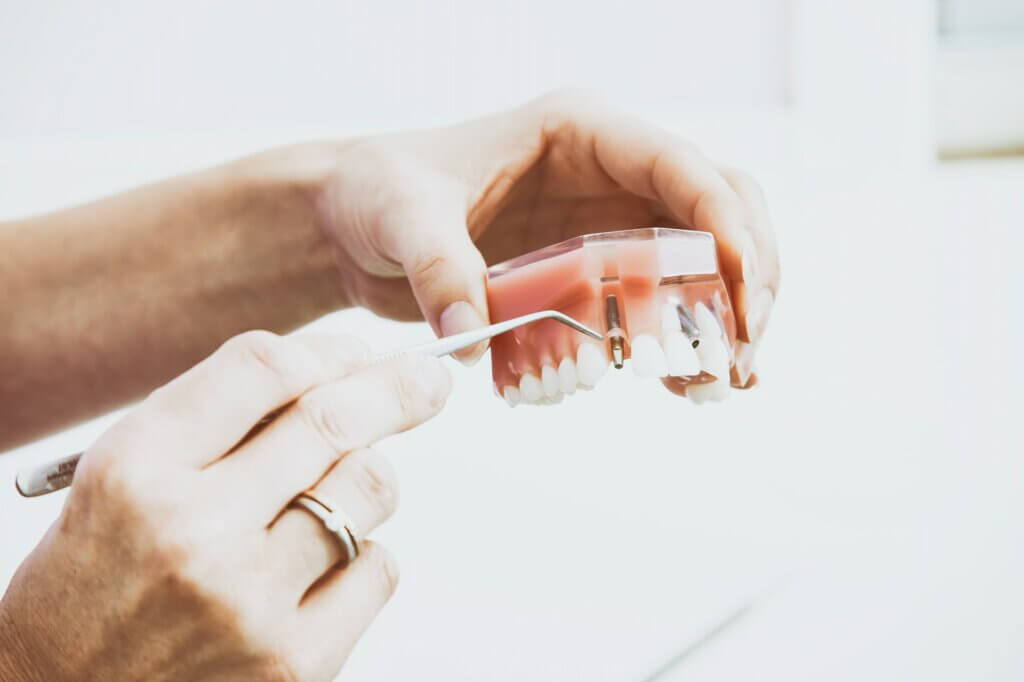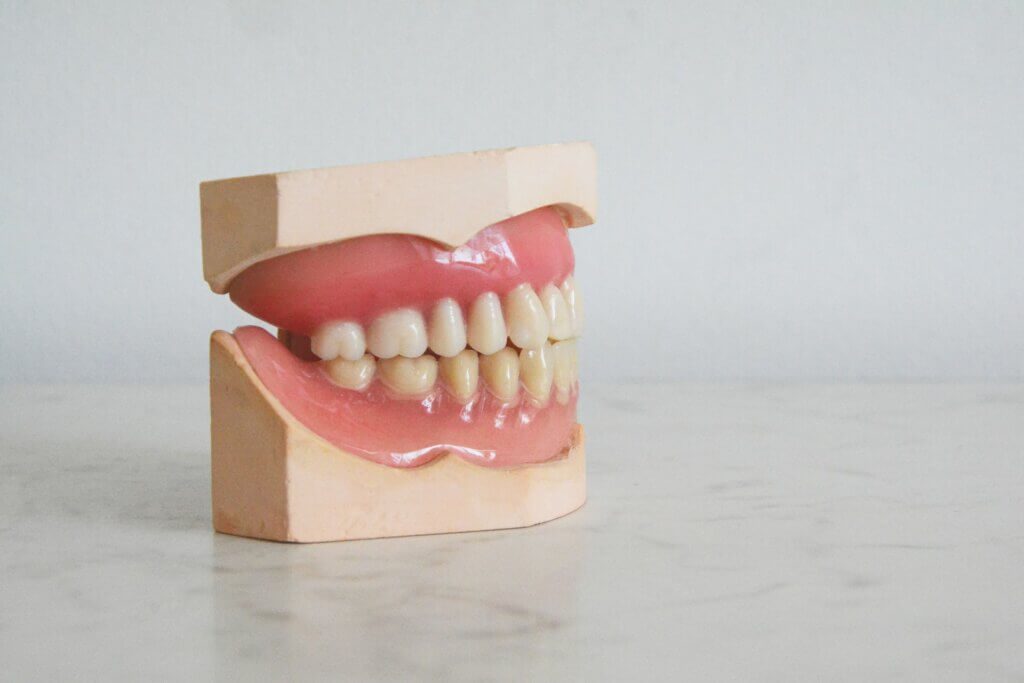A variety of illnesses that cause pain and swelling in the joints are referred to as arthritis. Tissue damage can result from the aggravation that lasts for a very long period or keeps coming back, as in arthritis. A joint, like the hip or knee, is where two bones meet. Your joints' bones are coated with cartilage, a supple, smooth substance. It protects the bones and makes it painless for the joint to move. The joint is a robust fibrous covering that surrounds it. Ligaments are sturdy tissue bands that link the bones and support the stability of the joint. Your joints are supported and moved by your ligaments and joints.
Arthritis is the result of an inflamed joint and its surrounding area that leads to discomfort, stiffness, and occasional trouble in body movement. Some kinds of arthritis can also damage the skin and vital organs, among other body parts. One in every six adults suffers from arthritis. Anybody can experience it, but as you get older, it happens more frequently. Scroll down to learn about some of the most effective arthritis treatment solutions, ranging from medication to natural therapies.
Causes of Arthritis
Arthritis can be caused by several factors, including your lifestyle choices as well as your family history. Here are some of the major causes that contribute to the medical condition.
Heredity
Arthritis is a medical condition with symptoms that can pass from generation to generation. If your parents or grandparents suffered from the condition, you are more likely to experience some symptoms of arthritis.
Age

Age raises the likelihood of developing several types of arthritis, such as osteoarthritis, rheumatoid arthritis, and gout.
Prior Joint Damage
People are more prone to later develop arthritis in a joint that has been injured, possibly while participating in sports.
Obesity
Your knees, hips, and spine are particularly strained when you carry extra weight. Those who are obese are more likely to get arthritis.
Rheumatoid arthritis is more common in women than in men, while gout is a type of arthritis that is found more commonly in men.
Diagnosis
The below tests can find issues within the joints that may have been the source of your symptoms.
X-rays
It uses low radioactivity to image bone and can reveal bone spurs, damaged bone, and cartilage loss. X-rays are frequently used to monitor the course of the disease even though they may not detect early arthritic damage.
Computer-Aided Imaging (CT)
With the use of a combination of X-rays taken from various angles, CT scanners may generate cross-sectional pictures of inside structures. Bone and the accompanying soft tissues can both be seen on a CT scan.
The 9 Best Arthritis Treatment Methods
Pain alleviation, increased joint strength and flexibility, and maximum disease control are the main objectives of treatment. Your physician has a variety of solutions to assist you in controlling pain, preventing joint injury, and reducing inflammation. Osteoarthritis therapies can often help with pain relief and stiffness reduction, but the condition may worsen over time. Rheumatoid arthritis used to progress similarly, but modern treatments can stop or significantly delay the process.
1. Medication
Depending on the type of arthritis, different drugs are used to treat it. Typical treatments for arthritis include:
NSAIDs
Nonsteroidal anti-inflammatory medicines can reduce inflammation and relieve pain. NSAIDs can also be used topically on joints in the form of lotions or gels. However, you must make sure to go for a dosage that suits your overall health as more potent NSAIDs may irritate your stomach and increase the chances of stroke or heart attack.
Ointment gels and lotions

Some lotions and ointments have menthol or capsaicin, which is what gives hot peppers their spicy flavor. The passage of pain signals from the painful joint itself may be hampered by applying these preparations to the skin over the area. Topical medications that are sold at pharmacies include Voltaren Gel or Capsaicin Cream. Capsaicin, which is derived from chili peppers, helps in lowering the levels of the substance, a pain transmitter within the nerves. While applying this to the skin, one could feel a slight burning sensation. However, the sensation is not brought on by tissue damage.
Steroids
Prednisone and other steroid drugs lessen discomfort and inflammation while also slowing bone degeneration. You can give corticosteroids orally or by putting them directly into the aching joint. Diabetes, weight gain, and bone weakening are potential side effects.
DMARDs
These medications can stop the evolution of rheumatoid and prevent irreparable damage to the joints as well as other tissues. There are targeted synthetic DMARDs and biological agents in addition to traditional Drugs. The majority of Disease-modifying antirheumatic drugs raise the risk of infections; however, side effects can vary.
2. Surgery
Arthritis pain can be reduced via different surgical procedures, thereby helping you regain your mobility. The removal of affected connective tissue that lines the synovial cavity is known as a synovectomy. If conservative methods are ineffective, the doctor may suggest further surgeries, including:
Joint restoration
Joint surfaces can occasionally be straightened or smoothed to lessen pain and enhance function. These procedures can frequently be carried out arthroscopically through a few small incisions made over the joint.
Joint replacement
The injured joint is removed during this treatment, and a synthetic one is put in its place. Hips and knees are the bones that need replacement the most.
Joint fusion surgery
Joint fusion mainly targets smaller joints like those in the hands, wrist, and ankle. The extremities of the two or more bones inside the joint are cut off, and the bones are then fused together until the two bones mend into a single, stiff piece.
Occupational Therapy
An important element of treating arthritis is protecting your joints. You can discover a simpler way of carrying out your daily duties with the assistance of an occupational therapist. A practicing healthcare professional can instruct you in:
- Avoiding postures that can be stressful for your joints.
- Sparing your weaker muscles and joints and using the stronger ones to accomplish different tasks.
- Providing supports or braces to support specific joints.
- Utilizing hold bars while bathing.
- Using adapted walkers, canes, and doorknobs.
- Using certain tools that make your daily chores, like zipping up socks and lifting items more easily.
3. Essential Oils
One can try the following essential oils for joint pain:
Turmeric oil
While there's still limited research on the effects of turmeric oil when it comes to treating arthritis, it is believed to reduce inflammation, thereby helping arthritis patients.
Ginger oil
Subjects who massaged the knees using ginger oil found that it significantly reduced their stiffness and soreness compared to participants who did not receive this kind of care.
Orange oil
Orange oil is often employed in aromatherapy on patients with limb fractures. Inhaling orange oil fumes works wonders in relieving pain.
4. Hot or Cold Therapy

Along with the treatments prescribed by your doctor, heat therapy proves to be very effective in easing pain and stiffness in the joints. You can go for a warm water bath or simply use a heating pad on the affected area for a few minutes to relieve pain. Although this therapy is particularly effective in short-term treatments, it's helpful at times when you need instant relief. While heat eases the pain by increasing the amount of oxygen transported to the affected area, cold therapy minimizes inflammation if you witness sudden swelling around your joints.
5. Exercise
Exercise is a quick and easy drug-free strategy to reduce arthritis pain. It is also crucial to maintaining the overall joint mobility of the body. Adults with arthritis can benefit from physical activity by feeling less pain and having better functionality, happiness, and quality of life. Additionally, regular exercise can reduce the risk of developing additional chronic conditions, including diabetes and heart disease. If you either have certain conditions, it can allow you to manage them.
However, prolonged inactivity damages the joints over time, which can result in muscle atrophy and a reduction in the flexion and extension of the ligaments. Swimming helps in increasing muscle strength and making it easier to move the affected joints. Because swimming reduces the impact of pressure on the body's movements, it offers mild resistance while being gentle on the joints at the same time.
6. Dietary Changes
Adopt a balanced diet. Your bones and muscles can be improved with the aid of a balanced, wholesome diet. Try incorporating garlic, ginger, walnuts, spinach, grapes, broccoli, and berries into your daily meals. It's a good idea to add turmeric to your food. Curcumin is a substance turmeric that contains the yellow spice that is frequently used in Indian cuisine. It exhibits anti-inflammatory and antioxidant effects. According to research, it may lessen inflammation and pain conditions such as arthritis.
7. Omega-3 Supplements
Omega-3 is one of the most essential fatty acids that is found in vegetarian and fish oil supplement versions. When you consume Omega-3 fatty acids, the body converts those molecules into a form that exhibits anti-inflammatory properties. When compared to control groups, arthritis patients discovered that taking omega-3 supplements significantly reduces joint pain.
8. Acupuncture
Acupuncture is an age-old Chinese medical procedure that involves putting thin fine needles into certain spots on your body that contribute to reducing the overall levels of pain. According to practitioners, it shifts energies and brings equilibrium back to the body.
9. Meditation
Practice meditation to manage your pain. By reducing stress and enhancing your ability to handle it, relaxation methods may help you manage arthritic pain better. Reduced stress may also aid in reducing pain and inflammation. Anxiety, worry, and despair are all often occurring side effects of illnesses that cause chronic pain, such as arthritis.
Conclusion
The key to controlling most forms of arthritis and minimizing all the discomfort and disability associated with the condition is an early diagnosis of the same. In fact, if you seek medical assistance on time, you can avoid tissue damage entirely by going for the right therapies as well as over-the-counter medicines. If you are starting to witness certain symptoms of this medical condition, make sure not to postpone receiving treatment. The earlier you get professional assistance, the greater your chance of preventing chronic joint injury and impairment.




